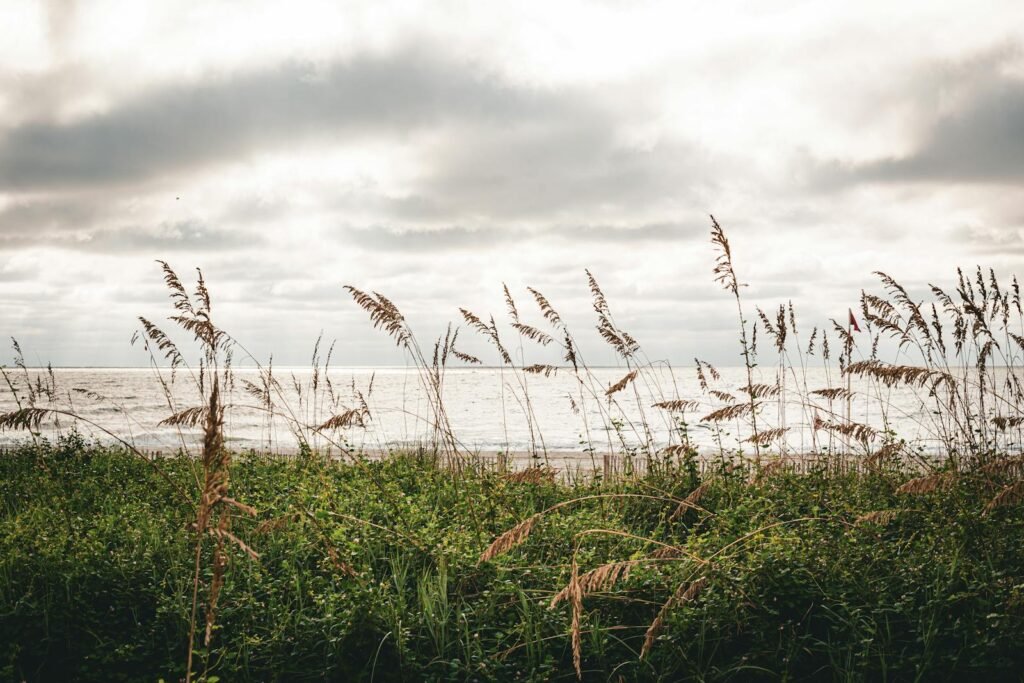Beneath the shimmering waters of Florida’s Nature Coast lies an ecological treasure one of the last thriving seagrass meadows in the world. While these underwater prairies have vanished at alarming rates globally, a new study reveals that Florida’s northern Gulf Coast has quietly preserved its seagrass ecosystems for thousands of years. Using an unconventional approach fossilized mollusk shells scientists have pieced together a rare story of resilience in an era of environmental decline. But how has this pocket of biodiversity survived when so many others have collapsed? And can it withstand the mounting pressures of climate change and coastal development?
A Time Capsule Beneath the Waves
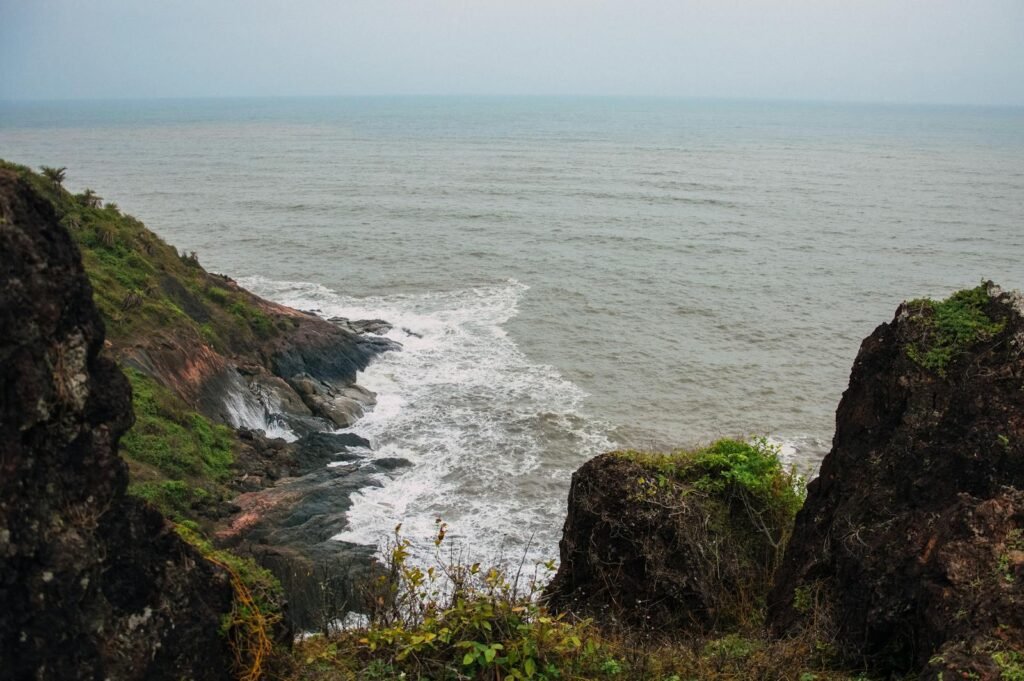
Most modern ecological studies rely on data collected within the last century, a mere snapshot in Earth’s long history. But humans have been reshaping ecosystems for far longer than we’ve been tracking them. To understand what a truly healthy seagrass bed looks like, researchers turned to conservation paleobiology, a field that reconstructs past ecosystems using fossils.
The team, led by Michal Kowalewski of the Florida Museum of Natural History, analyzed thousands of mollusk shells buried in seafloor sediment. These shells, some centuries old, serve as biological archives. “For every live snail or clam, we found thousands of dead specimens,” Kowalewski said. Their findings? The seagrass here has remained remarkably stable for millennia a rarity in today’s degraded oceans.
Why Seagrass Meadows Matter More Than You Think
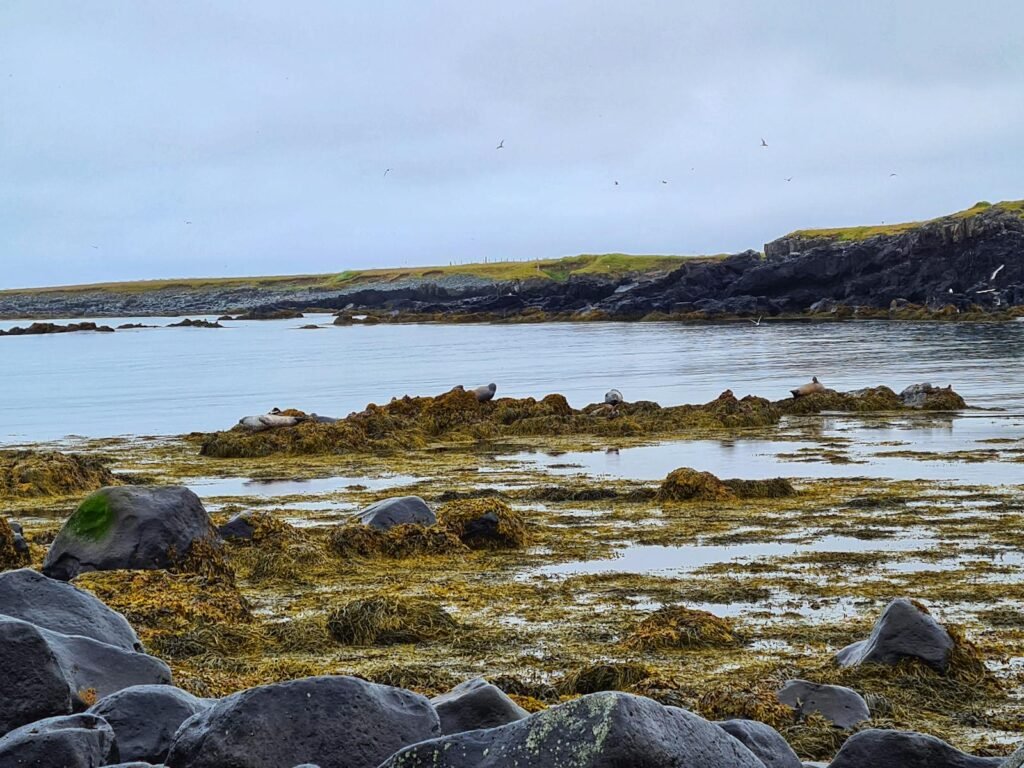
Seagrass is not only underwater vegetation it’s a keystone of sea life. Lying just on 0.2% of the ocean bed, they account for 50% of marine carbon burial, hence play a pivotal role in combating climate change. They are also nurseries for fish, refuges for manatees, and natural storm surge barriers.
Still, worldwide, 30% of seagrass beds have disappeared since 1879, and 7% a year between 1990 and 2009. Pollution, algal blooms, and coastal construction have transformed former productive meadows into desolate seabeds. That’s why Florida’s Nature Coast, with its intact seagrass beds, is so exceptional.
The Secret to Survival: Isolation and Clean Water
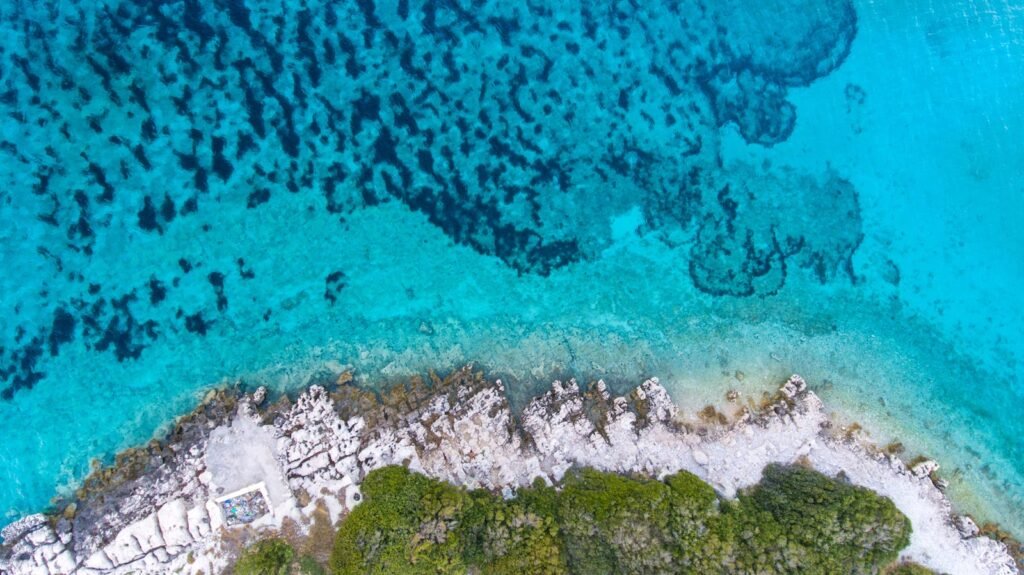
Unlike Tampa Bay, where 46% of seagrass disappeared between 1950 and 1980 due to urban sprawl, the Nature Coast has remained largely untouched. “There’s not a lot of development in these watersheds,” said co-author Thomas Frazer, a marine scientist at the University of South Florida. With fewer farms and cities dumping nutrients into the water, harmful algal blooms which choke seagrass by blocking sunlight have been kept at bay.
In 2020, the area was designated an Aquatic Preserve, offering legal protection. But the question remains: How long can it stay this way?
Climate Change: The Invisible Threat
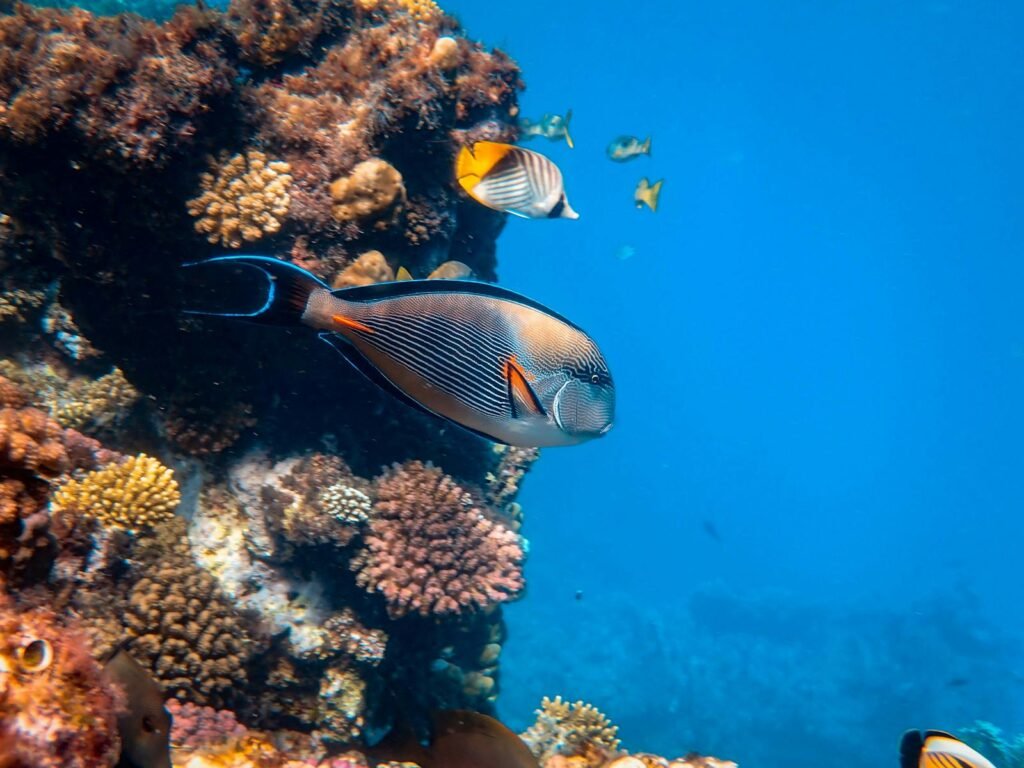
While pollution has been kept in check, rising temperatures pose a new danger. Seagrass species, like many marine organisms, are migrating toward cooler waters. But Florida’s Gulf Coast is a dead end, there’s nowhere left to go.
Worse yet, warmer waters are bringing new predators. Fish from southern regions are moving north, some of which may overgraze seagrass or disrupt the delicate balance of species that keep these meadows healthy. “We’re already seeing range extensions of mobile fauna,” Frazer warned.
A Blueprint for Restoration?
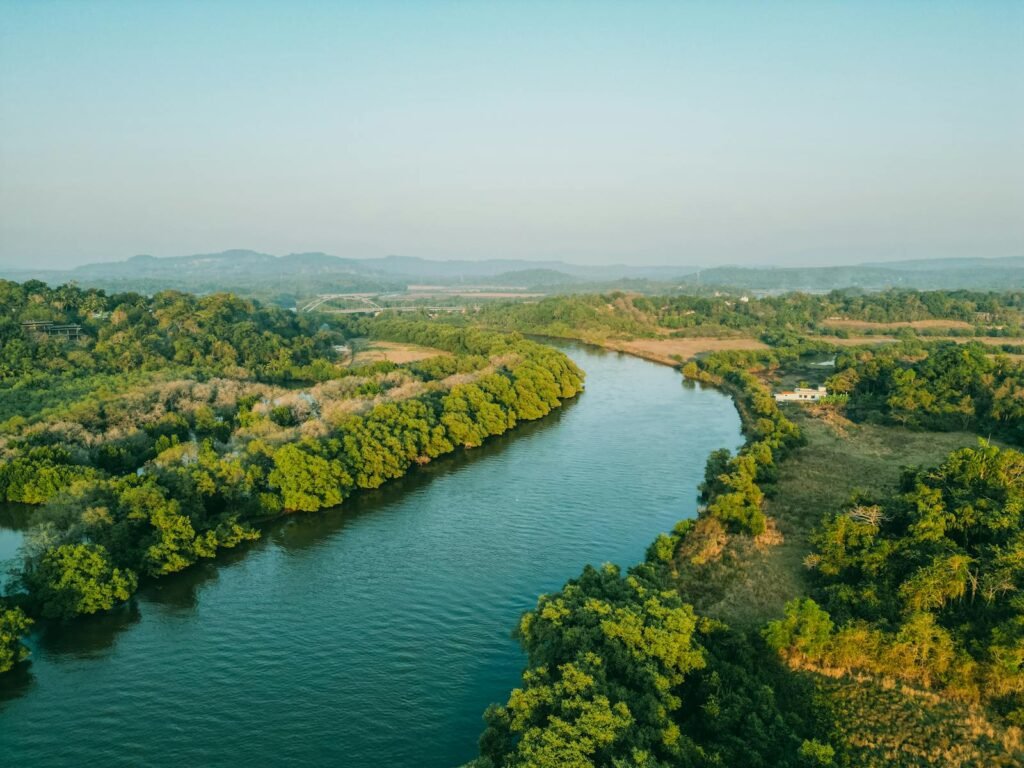
The finding of this ancient, intact seagrass bed isn’t merely welcome news, it’s a scientific treasure trove. By examining these meadows, scientists can set a standard for what should be healthy seagrass habitats, and use it to drive restoration of damaged areas like Tampa Bay and the Indian River Lagoon (where 60% of seagrass was destroyed by 1999).
Efforts to reduce nutrient pollution have shown promise Tampa Bay saw a partial recovery between 1999 and 2018 but progress is fragile. If Florida’s Nature Coast can remain protected, it may serve as both a refuge and a model for marine conservation worldwide.
The Race to Save What’s Left
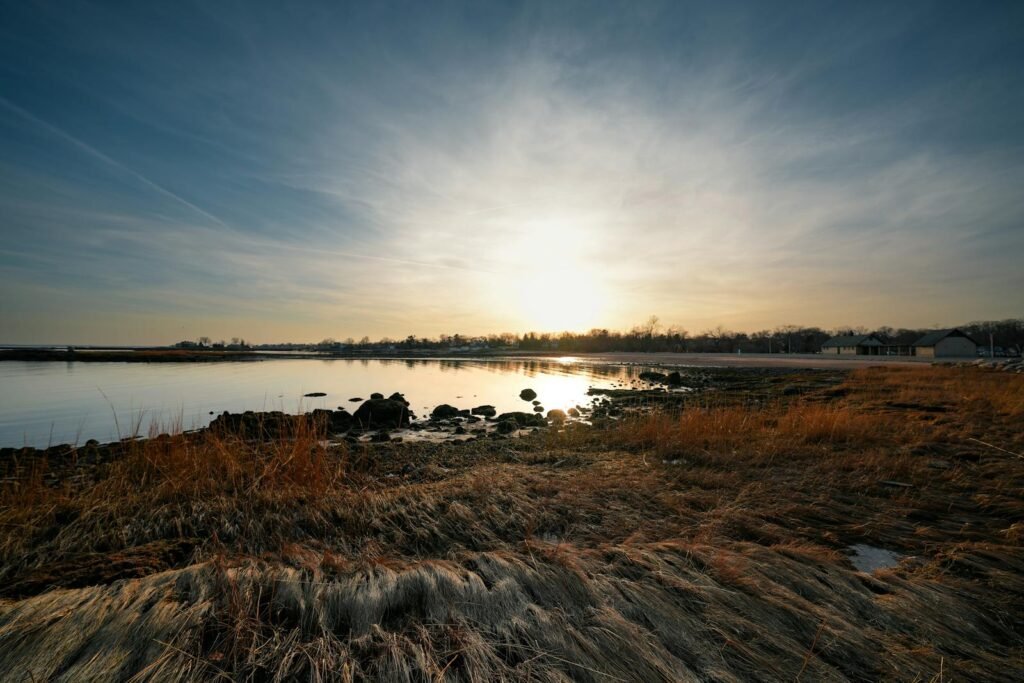
Rachel Carson once wrote that seagrasses “secure the offshore sands against the currents,” much like dune grasses hold back the wind. Today, they’re holding back something far greater: ecological collapse.
With 80% of Florida’s commercially important fish relying on seagrass at some point in their lives, their survival isn’t just an environmental issue it’s an economic one. The question now is whether legal protections, pollution controls, and global climate action will be enough to preserve this last stronghold.
For now, Florida’s Nature Coast remains a rare bright spot in an ocean of decline. But as Kowalewski puts it: “This is about as good as it gets.” The challenge? Making sure it stays that way.
Final Thought
In a world where “pristine” ecosystems are nearly extinct, Florida’s hidden seagrass haven offers both hope and a warning. The lessons learned here could determine whether other marine habitats survive or vanish forever.
Sources:

Jan loves Wildlife and Animals and is one of the founders of Animals Around The Globe. He holds an MSc in Finance & Economics and is a passionate PADI Open Water Diver. His favorite animals are Mountain Gorillas, Tigers, and Great White Sharks. He lived in South Africa, Germany, the USA, Ireland, Italy, China, and Australia. Before AATG, Jan worked for Google, Axel Springer, BMW and others.

